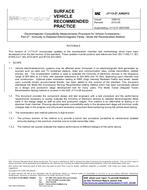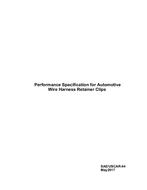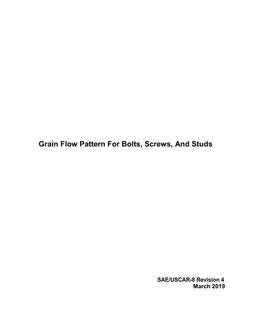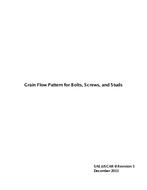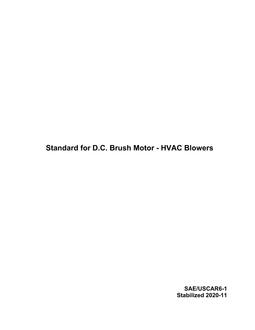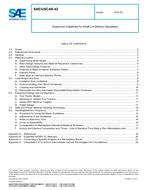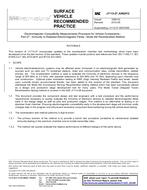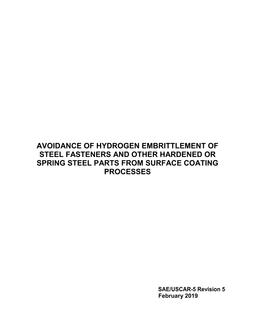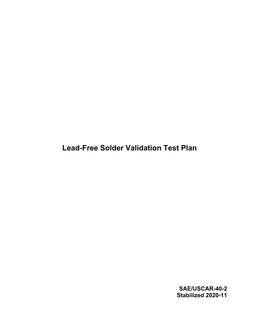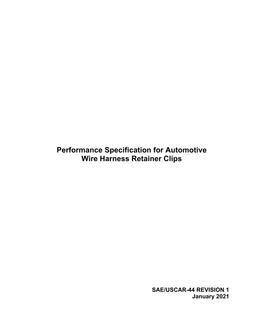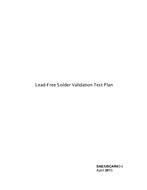Description
Vehicle electrical/electronic systems may be affected when immersed in an electromagnetic field generated by sources such as radio and TV broadcast stations, radar and communication sites, mobile transmitters, cellular phones etc. The reverberation method is used to evaluate the immunity of electronic devices in the frequency range of 500 MHz to 2.0 GHz, with possible extensions to 200 MHz to 10 GHz, depending upon chamber size and construction. Optional pulse modulation testing at HIRF (High Intensity Radiated Fields) test levels, based upon currently known environmental threats, has been added to this revision of the standard. This document addresses the Mode Stire (Continous Stirring) Reverberation testing method which has been successfully utilized as a design and production stage development tool for many years. The Model Tuned (Stepped Tuner) Reverberation testing method is covered in the SAE J1113-28 document.This document provides the component design and test engineers with a test procedure and the performance requirements necessary to evaluate the immunity of electronic devices to radiated electromagnetic fields early in the design stage as well as pilot and production stages. Ensuring electromagnetic compatibility early in the development stage will minimize costly changes later in the program and will prevent excessive component level hardening during full-vehicle level testing.The reverberation test method performs a dual function. The primary function of the method is to provide a bench test procedure correlative to vehicle-level radiated immunity testing in the anechoic chamber and at mobile transmitter sites. The method can be used to evaluate the relative performance of different designs of the same device.
Product Details
- Published:
- 06/06/2012
- File Size:
- 1 file , 380 KB

